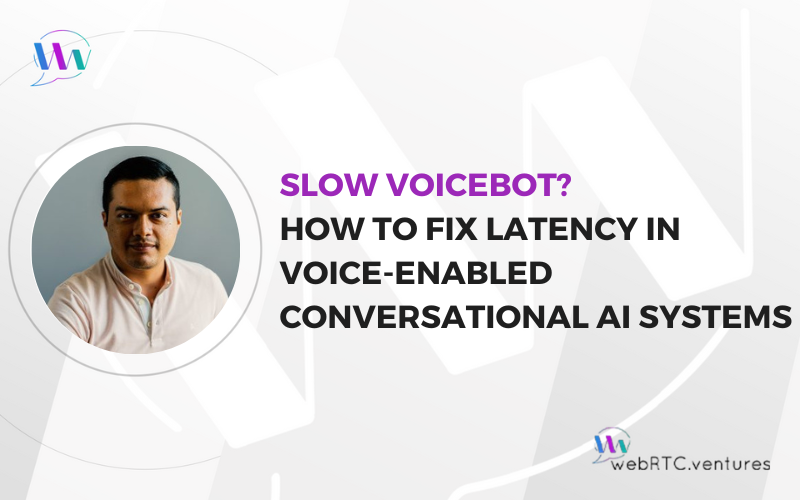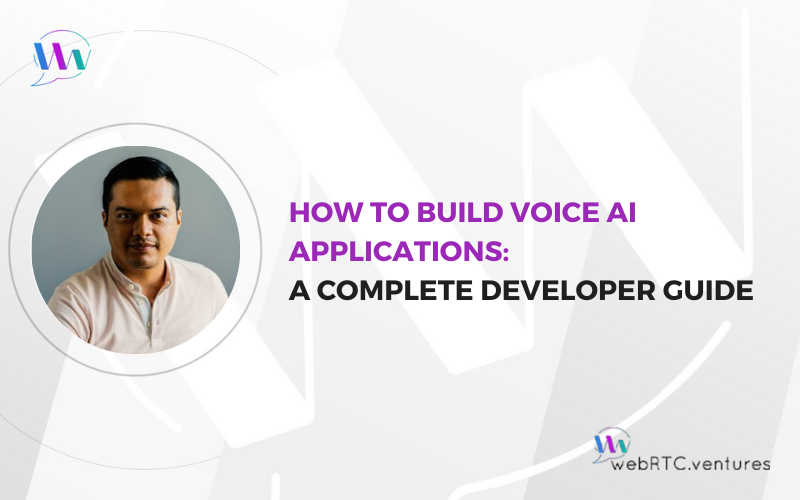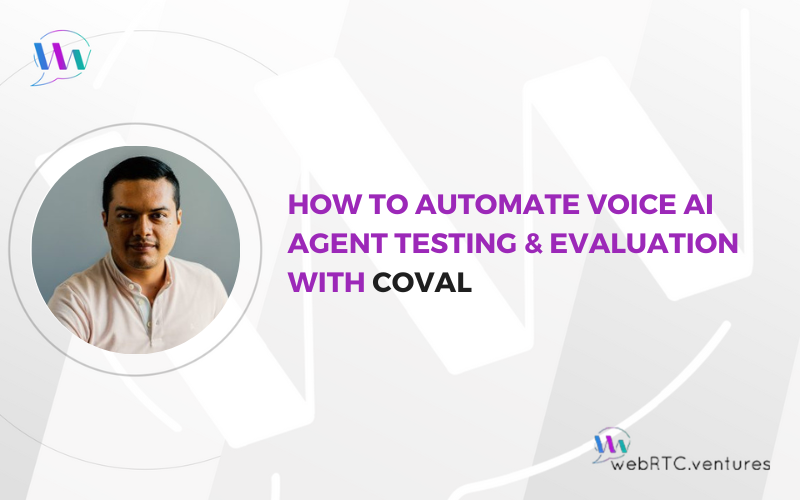
Voicebot latency is the most critical performance metric for voice-enabled Conversational AI systems. While text-based interactions can tolerate response delays of several seconds, voice agents must respond as quickly as possible to maintain natural dialogue flow. Even slight delays create slow voicebots with perceptible awkwardness that degrades

In an era where artificial intelligence is transforming every aspect of customer service, Interactive Voice Response (IVR) systems remain a critical touchpoint for millions of daily interactions across call centers and customer service departments. As explored in my previous article on “Building a Smart IVR Agent System

Voice AI applications are changing how businesses handle customer interactions and how users navigate digital interfaces. These systems process spoken requests, understand natural language, and respond with generated audio in real time. Building a voice AI application requires understanding speech processing, language models, and real-time communication infrastructure.

Ensuring optimal Voice AI agent performance is a critical challenge for businesses deploying conversational AI. Poor voice bot interactions can lead to customer frustration, increased support costs, and lost revenue opportunities. From refining bot behavior to perfecting speech recognition and ensuring relevant responses, the journey to continuous






